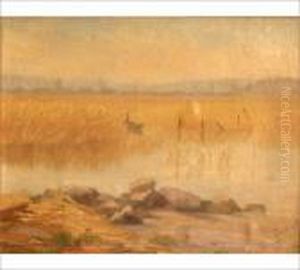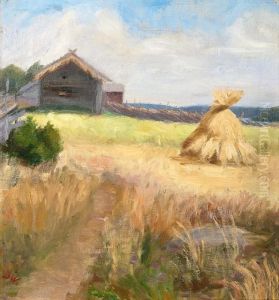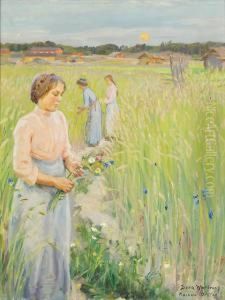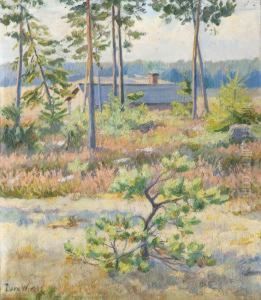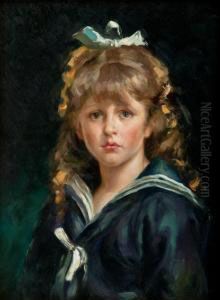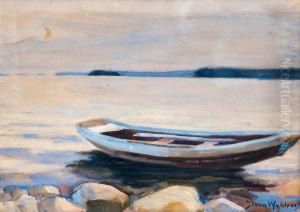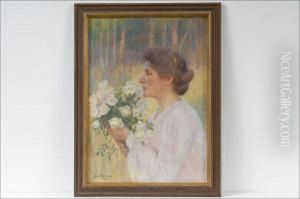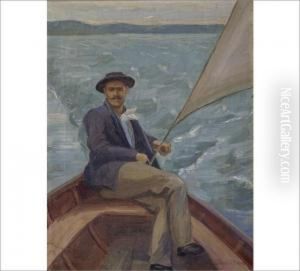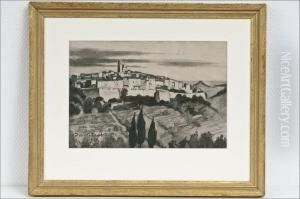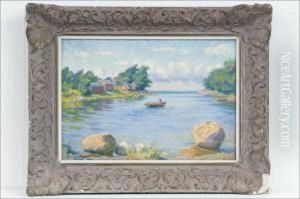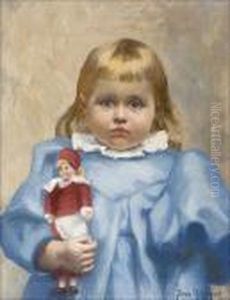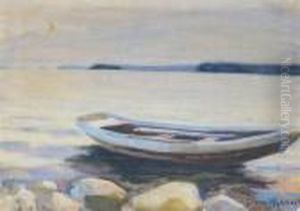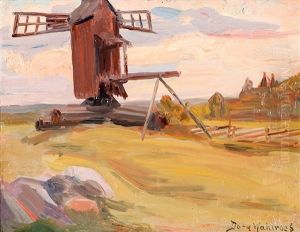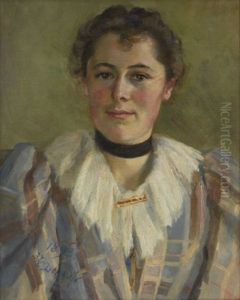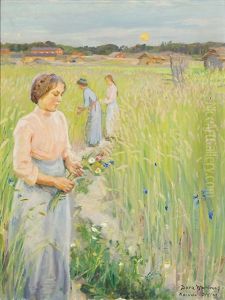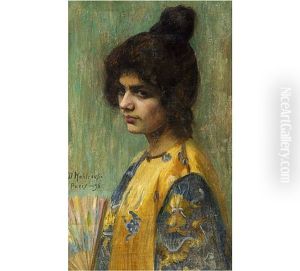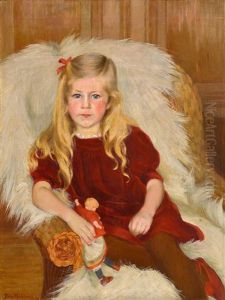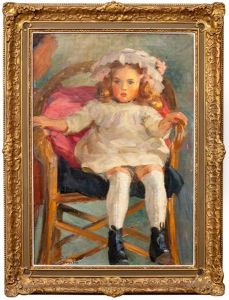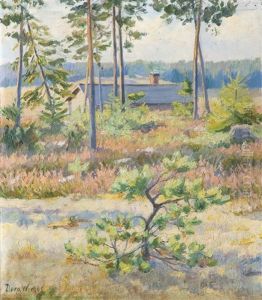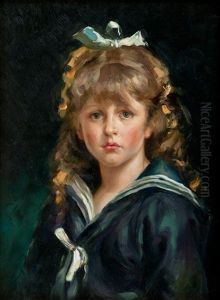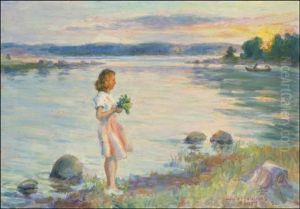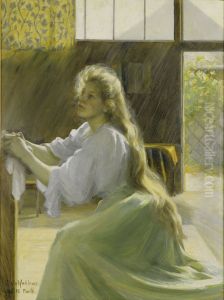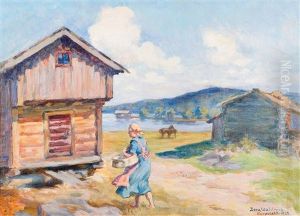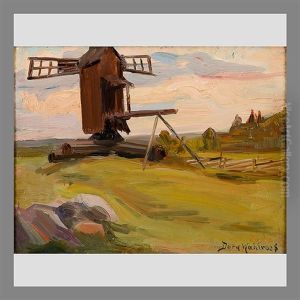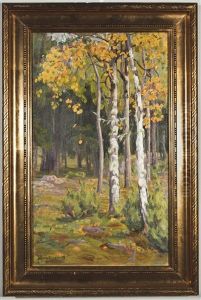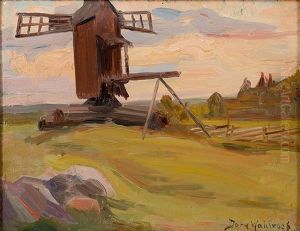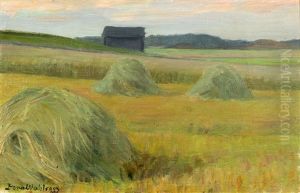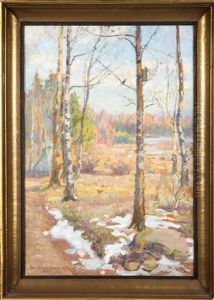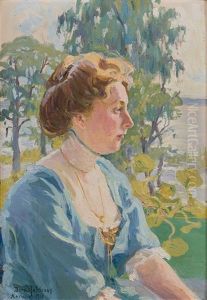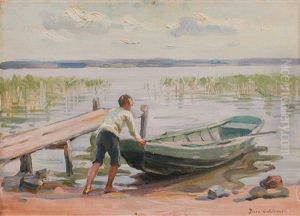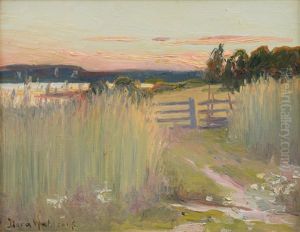Dora Wahlroos Paintings
Dora Wahlroos, born in 1870 in Finland, is celebrated as one of the prominent figures in Finnish art, particularly known for her skillful portrayal of landscapes, portraits, and still lifes. Her artistic journey began in earnest when she enrolled at the Finnish Art Society's drawing school in the 1880s, a time when the Finnish art scene was burgeoning with new ideas and a desire to establish a distinct national identity through art.
Wahlroos continued her studies abroad, which was a common practice among Finnish artists at the time, seeking inspiration and experience from different European art hubs. She spent significant time in France, where she was influenced by the Impressionist movement, a style that would leave a lasting imprint on her work. Her paintings are characterized by a delicate use of light and color, capturing the essence of her subjects with both realism and sensitivity.
Throughout her career, Dora Wahlroos was an active participant in the Finnish art community, contributing to the development of a Finnish identity in art. Despite facing the challenges that came with being a woman artist at the turn of the 20th century, she managed to carve out a successful career for herself. Wahlroos was not only a prolific painter but also a mentor and inspiration to younger generations of artists.
Her works were exhibited widely in Finland and abroad, gaining her recognition and accolades. After her death in 1947, Dora Wahlroos' legacy continued to influence Finnish art. Today, her paintings are held in high regard and can be found in major Finnish art museums, celebrating her contribution to the richness of Finnish culture and art.

